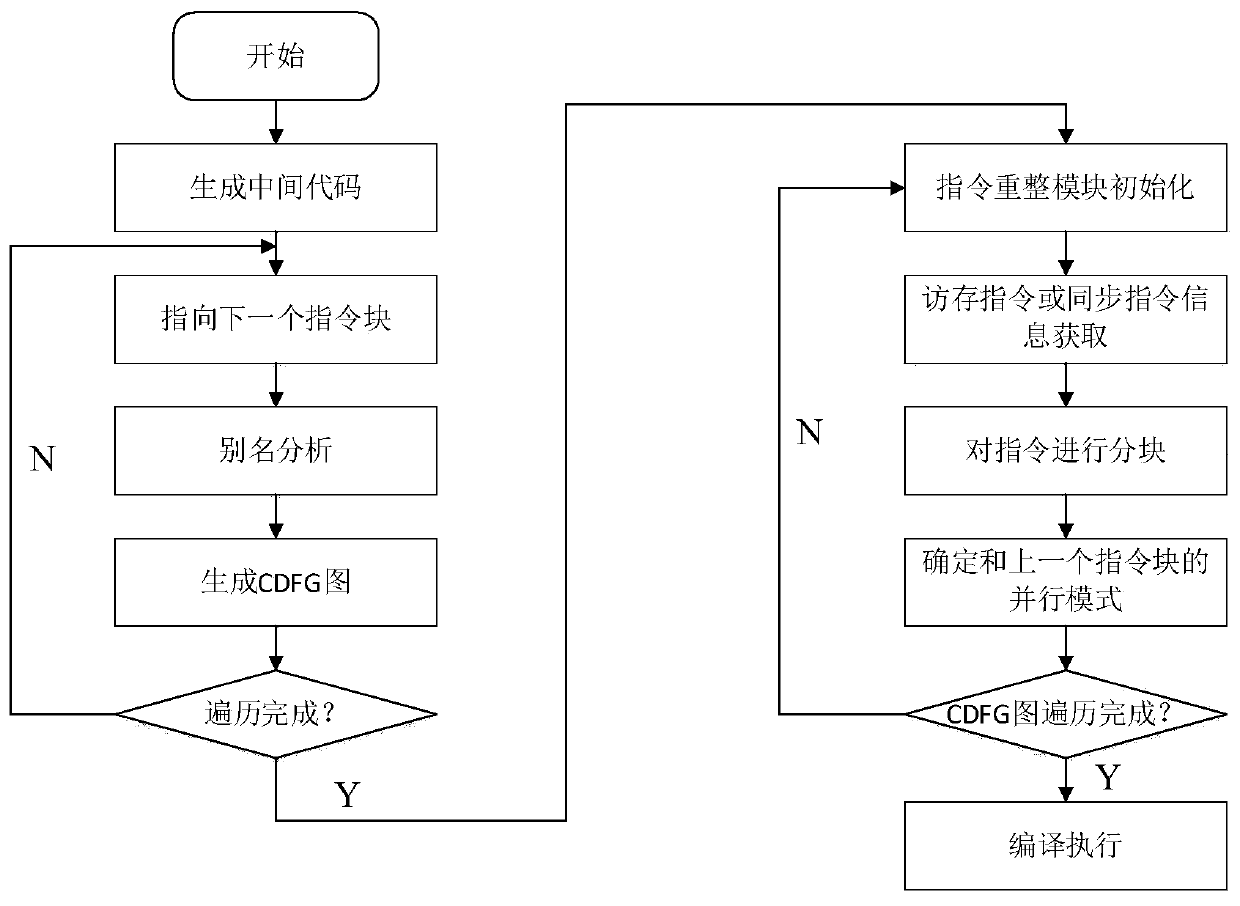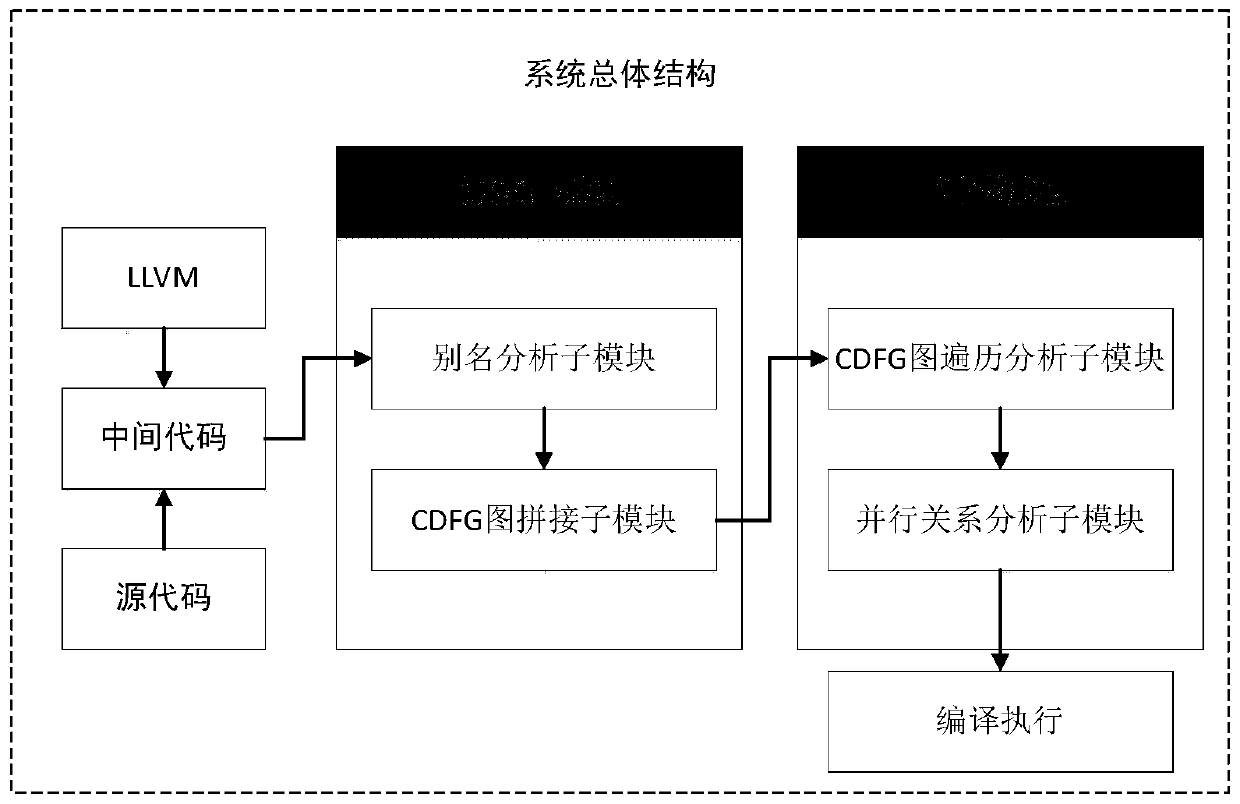FPGA graph processing acceleration method and system based on OpenCL
A technology of graph computing and basic instructions, applied in the field of big data processing, can solve the problems of system performance degradation, limited FPGA chip cache, waste of the advantages of high parallelism of FPGA, etc., to reduce memory access delay, reduce memory access times, The effect of improving system efficiency
- Summary
- Abstract
- Description
- Claims
- Application Information
AI Technical Summary
Problems solved by technology
Method used
Image
Examples
Embodiment 1
[0100] The energy management system EMS mainly provides grid dispatchers with various real-time information of the grid, including: frequency, generator power, line power, bus voltage, etc., and conducts scheduling decision-making management of the grid to realize centralized monitoring and control of power production and transmission , to ensure the safe, high-quality and economical operation of the power grid. The power system needs to realize real-time / ultra-real-time EMS, and all calculations need to be completed within the sampling time, which generally includes two types: transient calculation and steady-state calculation. The core of steady-state calculation is power flow calculation. At present, power system applications are mainly implemented on the CPU, but power flow calculations have very fine-grained parallelism, which is not supported by general-purpose CPUs and cannot meet real-time requirements.
[0101] An annotated power flow distribution graph is a directed ...
PUM
 Login to View More
Login to View More Abstract
Description
Claims
Application Information
 Login to View More
Login to View More - R&D
- Intellectual Property
- Life Sciences
- Materials
- Tech Scout
- Unparalleled Data Quality
- Higher Quality Content
- 60% Fewer Hallucinations
Browse by: Latest US Patents, China's latest patents, Technical Efficacy Thesaurus, Application Domain, Technology Topic, Popular Technical Reports.
© 2025 PatSnap. All rights reserved.Legal|Privacy policy|Modern Slavery Act Transparency Statement|Sitemap|About US| Contact US: help@patsnap.com


